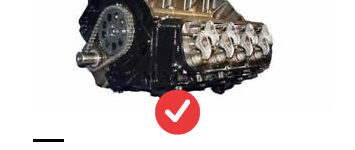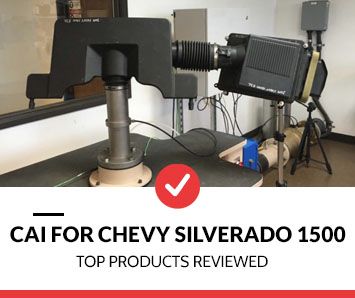2019 Camaro 2.0 Turbo Upgrade: Turbo Upgrade Guide
The Chevrolet Camaro is one of the few American-made automobiles that can compete with it. This vehicle is set to be released in 2019, and it will provide a number of new features. The distinctive new face and polarizing trim are setting the stage for today’s muscle cars. The Camaro will be available in a variety of trims, including the LS, LT, SS, and ZL1. These cars’ power outputs differ as well; selecting the correct vehicle for your needs might require some study. Let’s look at several possible choices one by one.
The 2016 Chevrolet Camaro was unveiled in Detroit May of this year, with the sixth generation of the world’s best muscle car. The vehicle kept its corporate image, but it became considerably more technologically sophisticated and offered a wider range of options. The Camaro was re-released at the end of 2004 with a restyled appearance, an enhanced multimedia system and improved 10-speed Hydra-Matic automatic transmission (only available on V8 models), which replaced the Hydra-Matic 8L90 box. Despite the fact that there weren’t many adjustments, the Chevrolet Camaro appeared to be more modern and dynamic.
You may not be aware that there are numerous techniques to improve the performance of your vehicle’s turbocharger without purchasing additional equipment. Today, we’ll learn the fundamentals of how to modify or tune up your car beyond stock turbochargers and comprehensive automotive tuning that surrounds them.
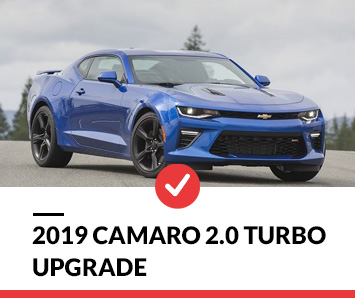
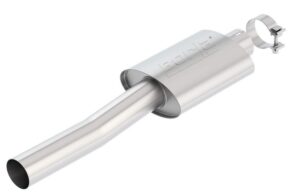
- Value for money: 🔥🔥🔥🔥🔥
- Purchase link: Buy your Camaro 2.0L Turbo 2016-2019 Resonator Part # 60624 at Amazon!
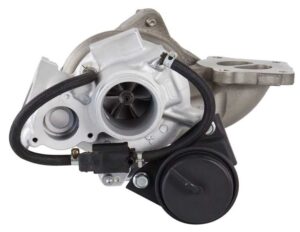
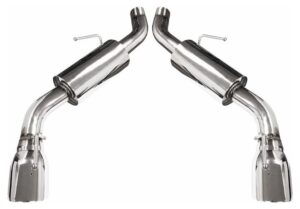
- Value for money: 🔥🔥🔥🔥
- Purchase link: Buy your NXTSTEP PERFORMANCE Axle Back Race Series compatible with 2016 - 2019 Chevy Camaro 2.0L Turbo & 3.6L V6 EX7002R at Amazon!
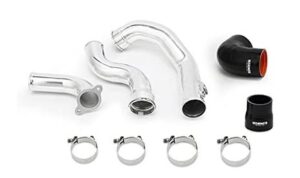
- Value for money: 🔥🔥🔥🔥
- Purchase link: Buy your Mishimoto MMICP-CAM4-16KP Intercooler Pipe Kit at Amazon!
Recommended Engine Components for a 2019 Camaro 2.0 Turbo Upgrade
A large turbocharger can produce hundreds of horsepower on any engine, even those with small internal changes–at least up to the point that your motor blows up. Turbochargers use exhaust pressure to turn a compressor blade, which expels air into your engine. This additional air allows the engine to burn more fuel and generate more horsepower, but it also raises heat and pressure in the combustion chambers. You run the risk of ignoring excessive heat and pressure at your peril.
Pistons
The pistons are the most essential component in your engine. Knock, detonation, and pre-ignition occur when gasoline is subjected to excessive heat and pressure. Knock is the number one killer of turbo engines, which is why many boosted motor manufacturers use lower compression pistons. Lowering the compression ratio lowers engine horsepower on boost, but it allows you to safely raise your boost levels for more top-end power. The compression ratio of many stock turbo vehicles is between 8.5:1 and 9:1, although a ratio of 8:1 is safer for 20+ psi boost applications.
Head Sealing
If your high-pressure pistons are destroyed by the seal between your cylinder head and block, you’re going to have a lot of trouble. At a minimum, install an integral reinforcing ring around the bore holes in a turbo-specific multi-layer steel head gasket. Instead of using regular replacement bolts to mount the head, use superior chrome-moly studs since they’ll better resist stretching and subsequent head lifting.
Rotating Assembly
Unless you’re increasing the engine’s capacity more than twice, a rotating assembly upgrade isn’t necessary. Turbochargers are kinder on connecting rods than nitrous or revving the engine past its stock restrictions, but the rods will bend under stress at some time. If you’re seeking a spot to put your new I-beam style steel rods, consider the following. These rods will resist bending far better than your stock rods or comparable I-beams. Consider having your stock crankshaft micro polished and nitrided (nitrogen impregnated) for enhanced strength and reduced parasitic drag if you can’t locate a high-quality forged steel crankshaft for your engine.
Engine Coatings
The components of your small engine’s combustion chamber are the same as those in a large diesel or gas engine. These coatings, called «combustion chamber linings,» can increase the efficiency, detonation resistance, and durability of your motor significantly when used correctly. For better heat management, apply ceramic powder-coat to the top of your piston heads, combustion chamber roofs, and insides of intake and exhaust ports. Teflon is a good dry-film lubricant for bearing surfaces and piston skirts. Oil-shedding compounds should be used on the underside of your pistons, connecting rods, crankshaft counterweights, whole engine block and valve-train area of your heads. This will aid in the prevention of oil from sticking to components instead of returning to the oil sump or oil cooler where it belongs.
Chevrolet Camaro 2019 Specifications
- The four-cylinder Ecotec 2.0-liter, producing 275 hp (in the Russian market it is advertised with a power of 238 hp) and a peak torque of 400 Nm, is mated to either a manual or automated gearbox, available at 5600 and 3000-4500 rpm. In 5.6 seconds, the vehicle replaces «one hundred» with him. and can reach speeds up to 240 km / h in combined mode. Combination fuel consumption is around 8 l / 100 km.
- The engine’s block, cylinder head and connecting rods are cast from aluminum. Its displacement is 3.5 liters (3,500 cc), with a six-cylinder in-line engine developing 335 horsepower (242 kW) at 6800 rpm and 385 Nm of peak torque between 5300 and 6800 rpm.
- The super sports car Lamborghini Huracán Lión (2018) is equipped with a 6.2-liter V12 engine, producing 455 hp and torque of 617 Nm. The engine in the Lamborghini Huracán performs without an emissions control system, but it does possess an active exhaust system.
What’s New for 2019 Camaro
When you think about a Camaro, the sound of a small-block Chevy is most likely the first thing that comes to mind.
For this film, they’ve put a GM-proven two-liter turbocharged four-cylinder engine in the Camaro. It’s quite beneficial, to say the least. This Camaro is GM’s effort at a less is more idea, where less weight (and a tad less power) may result in something exciting for drivers such as ourselves.
What are your alternatives if you want a rear-wheel drive coupe for less than $40,000? Of course, the Mazda MX-5 RF is an option, as are the Toyota and Subaru 86 siblings. If money is tight, look for an entry-level BMW 2 Series.
There are no fewer than three pony cars available for purchase in the United States: a V6 EcoBoost Mustang, a V8 EcoBoost Challenger, or an option-equipped 6.2L Dodge Challenger (you can add optional all-wheel drive). The Challenger is more of a muscle car than a pony car, and pony cars these days are more like sports vehicles. Ford offers a similar track-oriented Performance Package for the EcoBoost Mustang that is priced similarly to this Camaro 1LE. However, current GM incentives will save you $3,000 before discussing turkey with your dealer.
To acquire the Camaro we have here, you must start with a 2LT trim and add the 1LE Track Performance Package for $5,195. That leaves you well under forty thousand dollars and it’s a fantastic automobile at this price. The only other color choice is Riverside Blue, but I strongly suggest at least the Recaros. The base seats are acceptable; however, the Recaros will set you up much better for cornering, track days, autocrosses, or any other form of enthusiastic driving you want to do.
The all-new CTS’s four-cylinder engine is a hundred pounds lighter than the V6, and that weight savings comes straight off the nose, giving this Chevrolet a near 50/50 weight distribution.
When is it time to upgrade 2019 Camaro 2.0 turbo?
The amount of power generated by an engine is inversely related to the amount of fuel fed into each cylinder, which is accomplished by a turbocharger. Compressing air increases the amount of fuel that may enter each cylinder.
A turbocharger’s full performance is limited by the amount of air it can pump, and while most stock turbos have some built-in extra capacity, they will eventually reach their limit.
As your vehicle’s engine performance, fuel levels, and HP are improved through modifications like performance remaps, air intake and exhaust enhancements, the turbo will have to work harder to produce the same amount of boost.
Any turbo begins to lose efficiency and durability at the point where it is operating at its peak, while also raising air temperature in the turbo and engine, which causes harm and loss of capability.
In a nutshell, as soon as you start seriously modifying your engine, you’ll almost certainly need a bigger turbo to absorb the extra fuel flowing into it – one sure-fire indicator that your turbo isn’t big enough is thick black smoke pouring from your exhaust pipe at high speeds!).
Why shouid I Upgrade my 2019 Camaro 2.0 turbo
There are a number of compelling reasons to consider replacing your turbochargers. They include:
Competition use
If you want to build a race vehicle or go to the track on your days off, upgrading the turbocharger with a higher-performance model may help you obtain greater responsiveness and straight-line speed.
Improved drivability
If you’re a true petrol-head or performance enthusiast, upgrading your engine with a better turbo is a fantastic way to raise the performance while also improving fun, drivability, and excitement.
Improved towing
There are a few apparent benefits to upgrading your turbo – if you tow frequently or caravan and are having trouble gaining power, replacing your turbo may be exactly what you need to get the job done.
Camaro 2.0L Turbo 2016-2019 Resonator Part # 60624
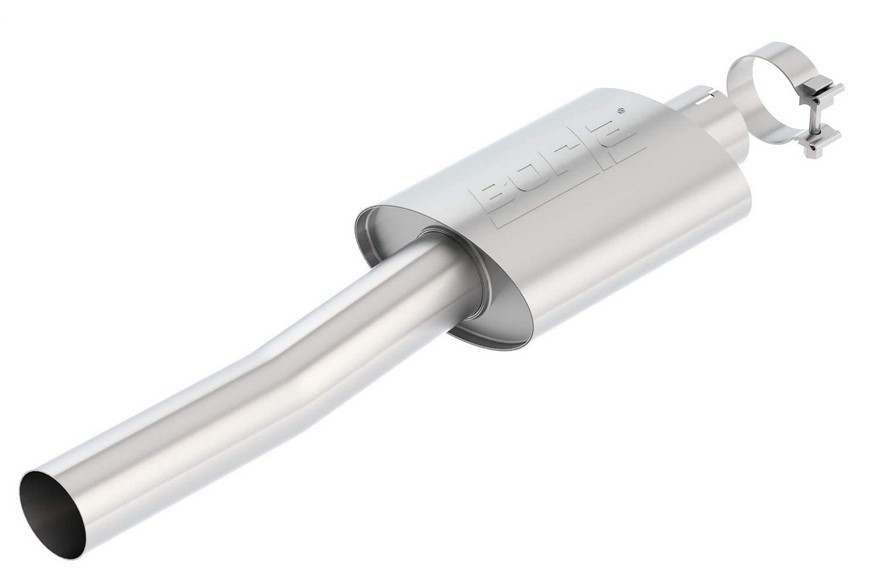
Turbo Turbocharger For Chevy Equinox Traverse Malibu Camaro Buick Regal Envision Cadillac ATS CTS GMC Terrain 2.0T - BuyAutoParts 40-31401R Remanufactured
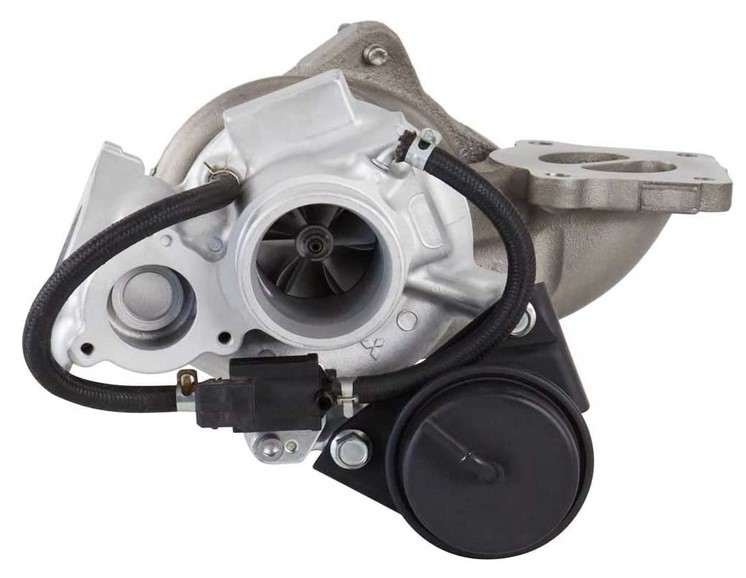
NXTSTEP PERFORMANCE Axle Back Race Series compatible with 2016 - 2019 Chevy Camaro 2.0L Turbo & 3.6L V6 EX7002R
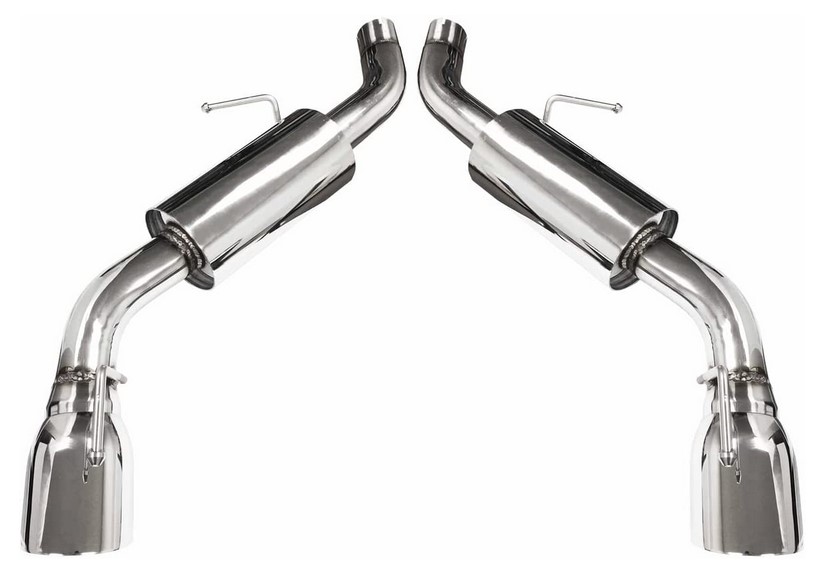
Mishimoto MMICP-CAM4-16KP Intercooler Pipe Kit
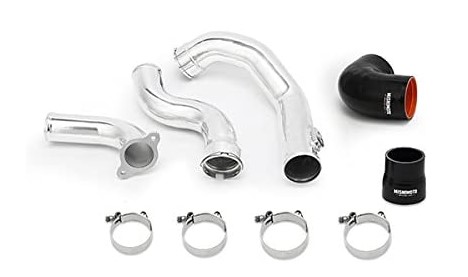
How to choose the right 2019 Camaro 2.0 turbo
Choosing the correct enhanced replacement turbo for your engine may be a bit of an art, and it’s necessary to do some research.
To begin, you must decide on your objectives and establish a realistic power goal that is appropriate for the size of your engine. The advantages of increasing horsepower will be offset by sacrifices in efficiency, dependability, and convenience past a particular point, so think carefully about what you want to use your car for.
Then it’s a question of doing some arithmetic! To ensure that you receive a turbo that can handle the amount of air your car needs, you’ll need to calculate the volume and mass of air flowing through your engine.
The first step in learning about business is to learn what its goals are. In the event that you’re looking for a specific fact or statistic, there’s plenty of material online to assist you gather it.
If this appears to be too technical, a turbocharging specialist (such as one of our company’s AET Motorsport specialists) can assist you with compressor map reading and volumetric efficiency, as well as walk you through the procedure.


